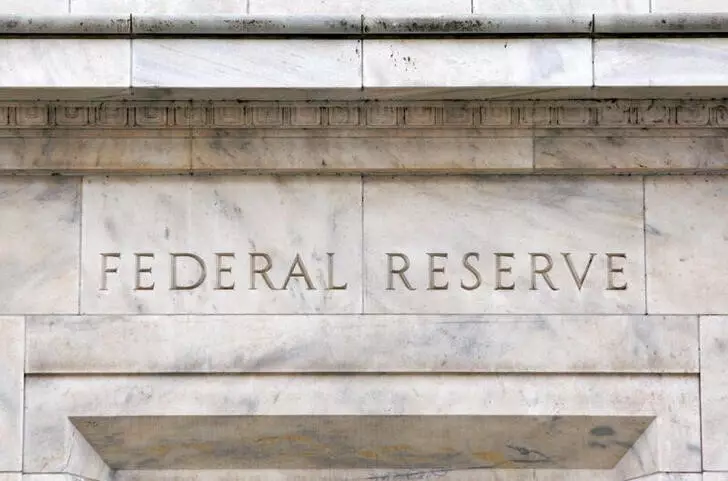On Wednesday, the U.S. Federal Reserve initiated its latest rate-cutting strategy, marking a significant pivot in its monetary policy. After holding rates at elevated levels for over a year, the Federal Open Market Committee (FOMC) reduced the benchmark interest rate to a range of 4.75% to 5.0%. This action, which represents the first reduction since March 2020, arouses questions about the state of the economy and the timing of such a notable policy shift.
History suggests that most of the Fed’s prior easing cycles corresponded with financial crises that led to widespread economic turmoil and subsequent recessions. Analysts from Yardeni Research note that the current context is unlike previous rate-cutting periods, which were typically precipitated by dire economic indicators. Instead, this latest move raises eyebrows due to the perception of a growing economy rather than a contracting one. The Fed has historically reduced federal funds rates by more than 500 basis points during easing cycles since 1960, positioning this current cut within a notably different economic scenario.
Interestingly, future expectations in the Federal Funds Rate (FFR) market reflect a belief that further cuts—potentially an additional 200 basis points—might occur within the next year. This anticipated rate reduction comes on the heels of a 60 basis point adjustment, suggesting that market participants are recalibrating their outlooks on growth and inflation. However, Yardeni Research highlights that past easing cycles originated from much higher starting FFR levels—which may complicate comparisons and expectations moving forward.
The concern raised by analysts is particularly intriguing: Could expediting rate cuts in the current environment catalyze an economic boom that is unsustainable? The potential for real GDP to grow rapidly while simultaneously aggravating inflation is a precarious balance. If history serves as a guide, such rapid monetary shifts could provoke a market melt-up reminiscent of the 1990s, where soaring stock values distanced themselves from underlying economic fundamentals.
The Fed’s decision to cut rates amidst a seemingly stable economic landscape poses significant questions and risks. While the intention behind easing monetary policy may stem from fostering growth, it is critical to navigate this policy shift with caution. As the Federal Reserve embarks on this new journey, closely monitoring economic indicators and market responses will be essential to ensure that the balance between stimulating growth without igniting inflation is maintained. Stakeholders, from investors to policymakers, will need to stay vigilant about the implications of these changes, as the evolving economic environment continues to unfold.

